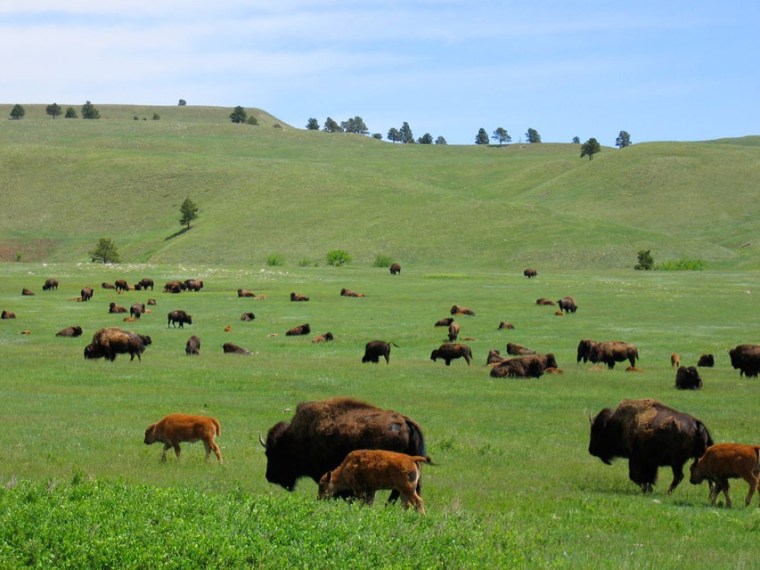As an 11-year-old child, Bob Howells — whose only wildlife experience so far had been spotting chipmunks during picnics and camping trips—prepared for his first trip to a national park by reading books, appointing himself as his family's tour guide, and mentally staking out the best places to see animals.
Slideshow: Best National Parks for Wildlife Spotting
But nothing quite prepared him for the abundant fauna he encountered at Yellowstone. At the park, Howells saw bison, red foxes, trumpeter swans, and even a mischievous black bear that passed 10 feet away from his family's station wagon.
"It blew me away," recalls Howells, who's now a wildlife aficionado (most recently, he contributed to "National Geographic's The 10 Best of Everything National Parks" book). "It's quite something to graduate from chipmunks to black bears."
Because of their size and untouched landscapes, our national parks are premier places to spot wildlife. Ever since 1872, when the U.S. government designated Yellowstone as the first American national park, these vast swaths of pristine nature have provided protected habitats for creatures to live in — and for visitors to enjoy. Today, our national parkland comprises 52 million acres and (according to the National Park Service) is home to some 5,399 species of vertebrates.
Most tourists are interested in seeing large, majestic animals — like moose (commonly spotted in Alaska's Denali National Park) and grizzlies (especially populous in Montana's Glacier National Park). But spying smaller species can be just as rewarding. "My favorite animals are the least appreciated ones," says Jared Gricoskie of Yellow Wood Guiding, a tour company based in the nearby town of Estes Park that specializes in Rocky Mountain National Park. Gricoskie especially loves pikas, furry mouselike creatures that scurry along alpine taluses. "What's most endearing is they bark ... it's the cutest little thing," he says.
Whatever wildlife you plan to see, remember that national parks aren't zoos, so there are guidelines to follow. Generally, you should keep at least 100 yards away from bears and wolves, and 25 yards away from other large animals. To catch a glimpse, consult literature and park rangers for the best spots, and use telephoto lenses, binoculars, or spotting scopes. Plan your park visits around prime viewing hours—dawn, dusk, and after dark.
Oh, and remember to feel grateful for the spectacular creatures living right on our home soil. As Bob Howells puts it, "For variety and preservation, the national parks are the envy of the world."
